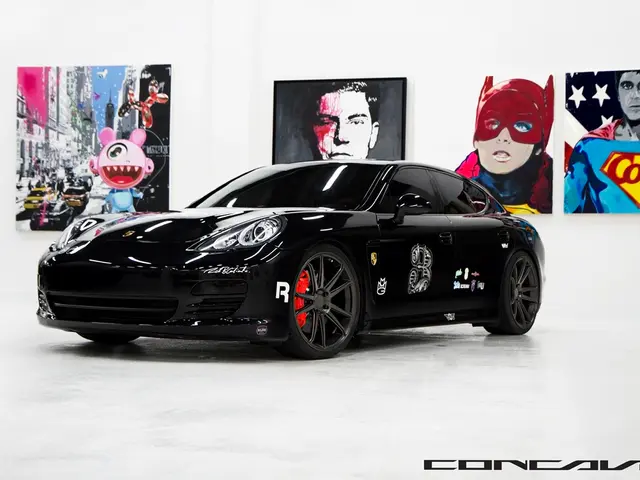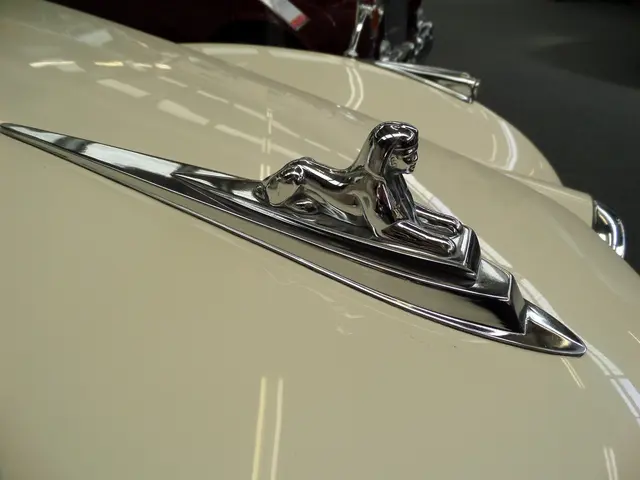Bugatti Veyron: 20 Years of Hypercar Excess and Engineering Prowess
Two decades after its debut, the Bugatti Veyron remains an iconic symbol of automotive excess and engineering prowess. This French hypercar was the first production vehicle to break the 400km/h barrier, reaching a top speed of 407km/h.
The Veyron's journey was far from smooth. Its final W16 engine design was the result of years of trial and error, including exploding driveshaft seals. Despite these challenges, Bugatti persevered, driven by the ambition of Ferdinand Piëch, the then VW Group boss, who envisioned a 736kW, 400km/h road car.
At launch, the Veyron faced criticism for being too heavy and lacking the soul of a 'real' supercar. However, time has been kind to the Veyron. Today, it's hailed as a cult icon, cooler than ever, and a testament to Bugatti's engineering prowess. Franz-Josef Paefgen, former president of Bugatti, described it as 'a typical Piëch car', a culmination of Piëch's dedication to engineering challenges and his pursuit of the ultimate car.
Bugatti built 450 Veyrons, each a moonshot project built more for pride than profit. The company reportedly lost money on each car, with Volkswagen Group said to have lost millions on each example.
The Bugatti Veyron's legacy endures two decades after its introduction. It pushed the boundaries of automotive engineering, leaving a lasting impact on the hypercar landscape. Despite its hefty price tag and production losses, the Veyron stands as a testament to Bugatti's commitment to pushing the limits of what's possible on four wheels.
Read also:
- Global Gaming Company, LINEUP Games, Moves Into Extensive Global Web3 Multi-Platform Gaming Network
- Stock market in New York showing signs of continuous record-breaking performances leading up to the announcement of the US interest rate decision.
- Rebuilding Obstacles: The Complexities of Revamping: Part 2
- Musk initiates legal action against Apple over exclusion from App Store dispute







